A severe security crisis, the penetration of armed groups in the regional political life and economic and environmental issues are the three challenges identified by Chiara Chiavaroli and Andrei Gómez-Suárez for the implementation of Petro’s “total peace” in the Bajo Cauca region.
Since the start of his office, on 7 August 2022, President Gustavo Petro invited all illegal armed groups in Colombia to find a negotiated solution to the armed conflict to work towards the implementation of “total peace”. While the government quickly managed to re-start the peace process with the ELN (Ejército de Liberation Nacional) already in October 2022, and the negotiations with dissident groups of Fuerzas Armadas Revolucionarias de Colombia – Ejército del Pueblo (FARC-EP) are likely to start soon, the possibility to establish a dialogue with the self-defined Autodefensas Gaitanistas de Colombia (AGC, also known as Clan del Golfo) is uncertain. The AGC expressed their intention to join the “total peace” by reducing offensive actions against the security forces. However, the violent actions that occurred in the context of the miners’ strike in Bajo Cauca, which started on 2 March 2023 and were addressed by president Petro on 20 March in a security meeting in Caucasia, highlight the challenges and, at the same time, the opportunities, for the implementation of “total peace” in the territories under the control of the AGC.
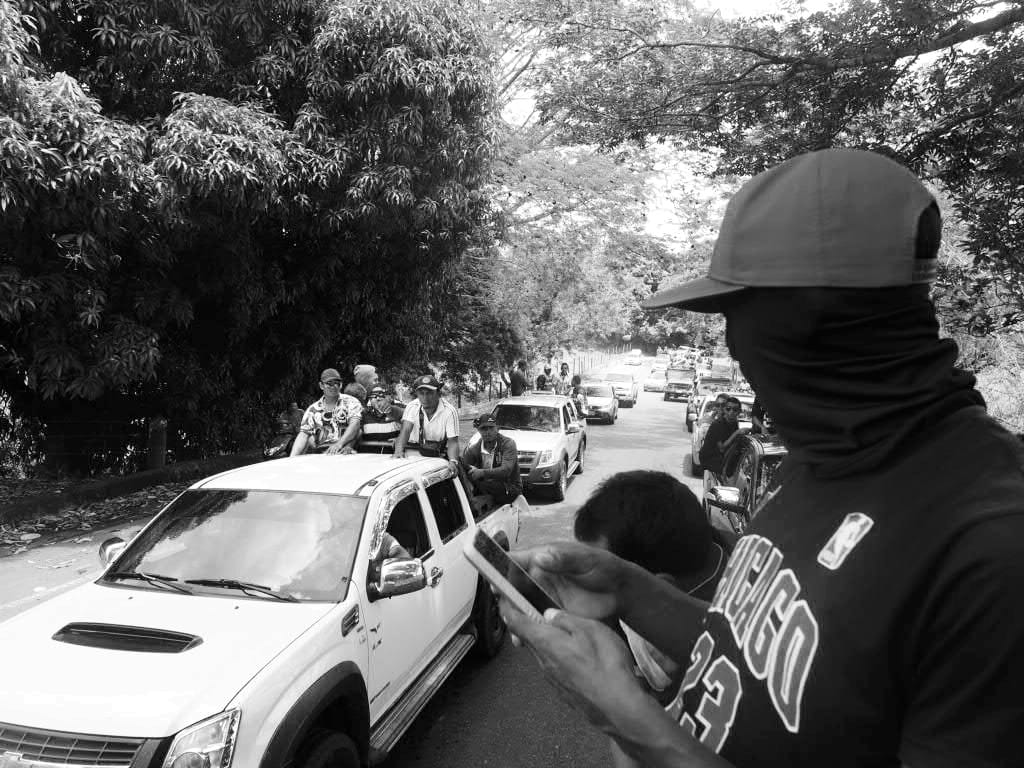
In the context of the miners’ strike, the municipalities of Cáceres, Nechí, El Bagre, Zaragoza, Tarazá and Caucasia, in the Bajo Cauca region, went back to experience the dynamics of a territory under war. The suspension of all commercial and educational activities, the impossibility of travelling between urban and rural areas and the intense militarisation of the territory demonstrated that the violent dynamics that have historically characterised the functioning of paramilitary structures in the region can be quickly activated again in a moment of crisis. This highlights three main challenges for implementing “total peace” under the Law 2272 of 2022 in the territories characterised by a strong economic dependence on coca and illegal mining.
The security crisis and the importance of social dialogue
The first challenge for “total peace” in the Bajo Cauca region is to address the severe security crisis that has been created by local armed groups in the context of the miners’ strike while at the same time avoiding excessive militarisation. Even though in the last twenty years, since the demobilization of the Autodefensas Unidas de Colombia (AUC), the AGC have strongly consolidated their power in the region, the Bajo Cauca region has also been historically characterized by the presence of the ELN. Recently, the front 33 of the Bloque Magdalena Medio of the FARC-EP and Los Caparrapos also established their presence in this territory. The penetration of these armed actors into the local and regional political life turns social protest into the detonator of conflicts. The security crisis has been generated by violent actions like the burning of public transport vehicles and ambulances and vandalic actions on the side of the AGC. These actions are a reaction to the destruction, by the army, of some dredges practising illegal mining between the Bajo Cauca and Sur de Cordoba regions, between 2 and 20 March 2023.
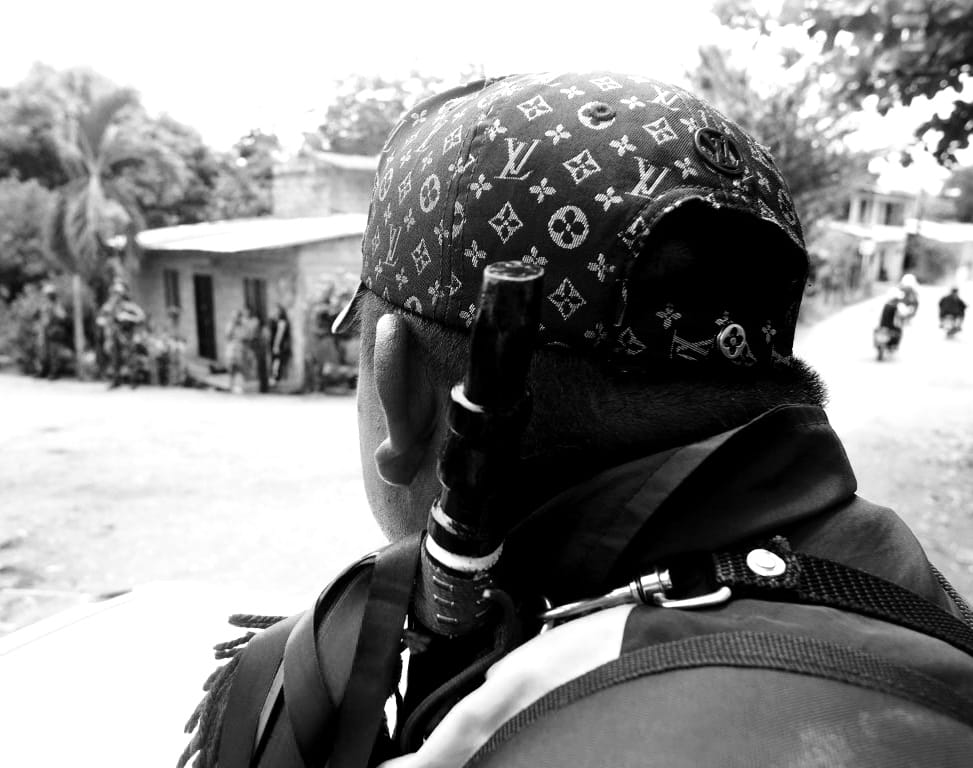
Since the beginning of the strike, a process of dialogue with the mining sector, headed by the Minister of Environment, Susana Muhamad, and the director of Human Rights of the Ministry of Interior Franklin Castañeda has been put in motion. This process has been tested in a territory where armed violence quickly activates itself in moments of crisis. Petro’s government has been accused by the national press and his political opponents of acting permissively and with ingenuity before the armed groups and, particularly, the AGC. Former President Alvaro Uribe has highlighted the supposed weakness of the attempts made by the government to guarantee security in the region and has proposed itself as an alternative spokesman for local miners. To counter these threats, Petro’s government has planned a military intervention in the Bajo Cauca region to protect the communities’ rights. However, during his electoral campaign, Petro promised regions like Bajo Cauca a non-military approach to illegal economies like gold and coca. For this reason, communities and the organisations who voted for him expect, from this government, an alternative solution.
The miners’ strike is quickly becoming a critical scenario for the government to prove its capacity to articulate the human security policy with “total peace”. On 19 March, six vehicles were burnt down by unknown actors on the road between Caucasia and Medellin. As a reaction, Petro’s government suspended the bilateral ceasefire with the AGC, signed on 30 December 2022 according to decree 2658 and reactivated military operations against this group. The AGC replied with a pamphlet in which they accused the ELN of being the true responsible for these violent actions with the intention to harm the negotiations of the AGC with the government. The AGC also rejected the violent actions happening during the strike and stated their willingness to enter the negotiations with the government. Social leaders and grassroots organisations have expressed fear that the president’s decision will lead to the reactivation of the military operations of the AGC against civilians. The challenge emerging from this scenario is, therefore, to push forward a human security policy that goes beyond the militarization of the territory.
The penetration of armed groups in the regional political life and the stigmatization of social protest.
A second critical challenge to the implementation of “total peace” is represented by the deep penetration of armed groups in all the scenarios of the regional political life in the Bajo Cauca. During the miners’ strike, strong tension emerged in relation to the participation of the AGC in the mobilizations. In several local and national media, the strike has been portrayed as a “fake mobilization” orchestrated by local armed actors. The Governor of the department of Antioquia, Aníbal Gaviria, for example, declared to the newspaper El Tiempo that the “Clan del Golfo” was using the miners’ strike like a “facade for his outrages”. Under the accusations of collusion with the AGC, the strike committee has rejected the violent actions occurring during the strike. The committee’s main spokesman, Saul Bedoya, has been accused of generating conflict in the region and declared that these accusations have been representing a threat to his personal security. The committee and other organisations close to the miners have defended the independent political nature of the mobilization, arguing that their main petitions are: 1) the formalization and the recognition of informal mining in the region, 2) the creation of a mining district, 3) the implementation of a pilot plan to declare the Bajo Cauca region a special area for mining 4) the respect of the use of mining machinery and the request that the public force should stop the military operations for their destruction.
In the Bajo Cauca region, where all actors (including bureaucrats, private companies, and the security forces) need to establish a relationship with local armed groups, there is a great risk of stigmatising social protest. It is, in fact, challenging, to draw a clear line among social actors. A critical point of tension in this context has been the request of the strike committee to cease military operations against the mining machinery (backhoes and dredges). The utilisation of this machinery is prohibited by the Law 1450 of 2011, and the military operations for its destruction have been established as a necessary policy by article 6 of the Decision 774 of 2012 of the Andean Community. In the context of the miners’ strike, the committee’s interests coincide partially with the interests of the AGC, which finance themselves through this machinery participating directly in the extractive activities or collecting a tax from the miners. Despite this, an independent mining sector is also mobilising against the destruction of this machinery. The fact that several dredges belong to the AGC and represent a source of funding for armed groups turns this topic into a key challenge for the government, which needs to articulate the control of illegal mining at a large scale with the dialogue with the mining sector.
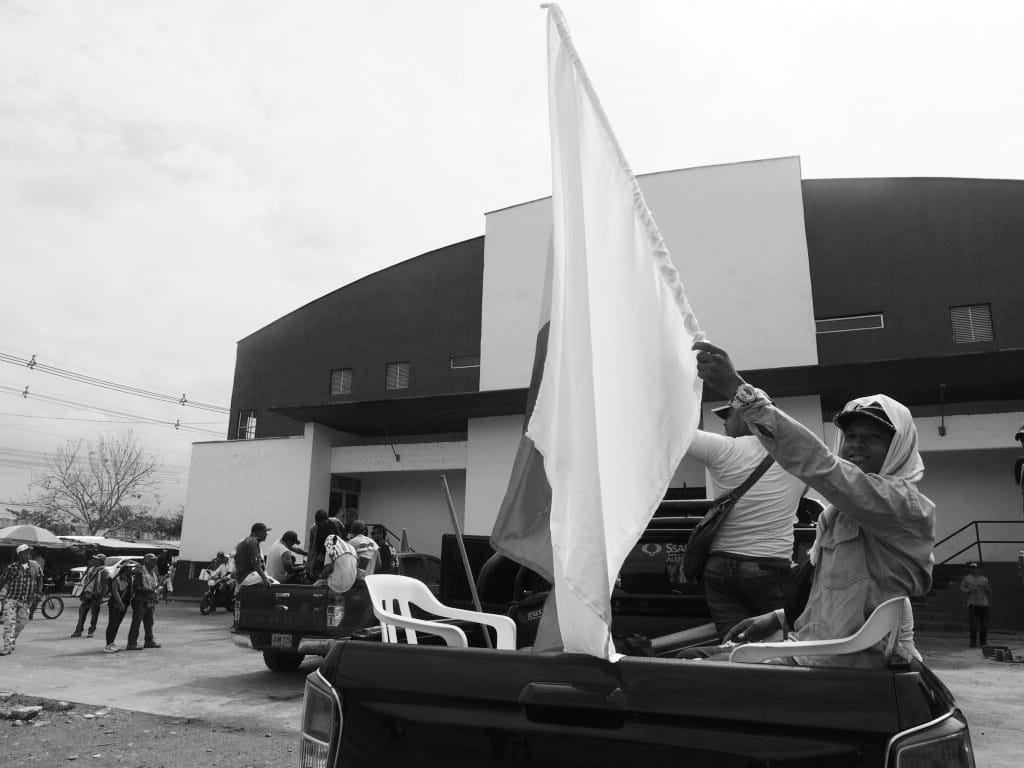
The humanitarian crisis and the economic reconversion of the region
The humanitarian crisis in the Bajo Cauca region has highlighted a third challenge for “total peace” caused by economic inequalities and the necessity of formulating a new environmental management plan for the region. Even though the committee has been focusing on the interruption of the military operations against the mining machinery as a critical point of the negotiations, other local organisations have attempted to put structural issues related to the region’s socio-economic development on the table. The reconversion of the illegal economies under a framework of respect for the environment and sustainable production emerges in this context as a central issue for the region.
The economic dependence on illegal economies represents an obstacle to peacebuilding. The Bajo Cauca region is the district of the department of Antioquia with the highest index of unsatisfied basic needs and the worst conditions in rural housing. In 2021, 57.7% of people in the Bajo Cauca region had an income per capita below the poverty line. Moreover, it is the district in Antioquia with the highest number of homicides, forced disappearances and forced recruitment. Coca production and illegal mining fuel the conflict in Bajo Cauca. Even though the owners of the mining machinery are not, generally, low-income miners, a great part of the economy of the region depends on this economy. Employees of these machines, artisanal miners that work the land moved by these machines and women employed by the owners of these machines to cook and work for the miners, survive thanks to this economy. The economic dependence makes it complex to assess the motivations behind people’s choices to join the demonstrations. Many people participating are workers of the owners of this machinery who stay in Caucasia and are supported financially by the owners of these machines. Many of them agree that the destruction of this machinery should be suspended and say that they are participating because they cannot risk losing their jobs. This extractive economic model has also infused several ethnic communities who depend, more than before, on mining activities.
The Bajo Cauca region, as well as many other regions in the country, has seen a history of failed attempts for the reconversion of illicit economies. The municipalities of the Bajo Cauca region have been included in the Planes de Desarrollo con Enfoque Territorial (PDET). The region has also been one of the places for implementing the Plan Nacional de Sustición de Cultivos Ilícitos (PNIS). Both programs were created in the framework of the 2016 Peace Agreement with the FARC-EP. Irregularities and lack of compliance with the agreement proposed in these plans have determined their failure in the region, generating anger and frustration in several social organisations. Many households in Cáceres and Tarazá entered the PNIS in 2017 but did not receive the established economic support and now engage with artisanal mining. Petro inherited the great failures of economic reconversion and of lack of social investment in the territories affected by the armed conflicts prioritized in the PDET. Moreover, he also inherited the challenge of encountering solutions to the precarious implementation of the Peace Agreement, which generated a lack of trust in the population.
At the same time, several tensions emerge between the strike committee and other social sectors. While the strike committee proposes the creation of a Mining District principally focused on mining, other civil society organisations propose the creation of a “District for Life” to promote other economic activities. Several organisations also ask the government to recognise legal mining as a fuel of conflict and to include big enterprises like Mineros Aluvial in this process to formulate a more just distribution of the land. The attempt to establish a Zona de Reserva Campesina between Taraza and Valdivia and to rethink the environmental management of the protected area of the Serrania de San Lucas are other important components of this process of territorial planning. Moreover, a strong concern relates to the lack of participation of local social, grassroots, and ethnic organisations in the negotiations with the government. Afro-Colombian communitarian councils, Indigenous Cabildos, women’s and grassroots organisations ask to participate in these negotiations. The elaboration of a tool for environmental management that includes the different perspectives of these social actors is a critical challenge for the peace-building process in the region.
The miners’ strike and the different crisis in the Bajo Cauca: an opportunity for “total peace”
The humanitarian crisis, the security crisis, and the penetration of armed actors in regional politics who rely on the incomes derived from illegal mining highlight that, in this territory, social and political agreements are required in order to support structural transformations and push forward new programs of socio-economic development. Moreover, new environmental management plans that can generate fair employment opportunities and fair access to land and natural resources are needed. At the same time, this process must be paired with a human security policy centred on protecting human rights while pursuing the armed actors who do not comply with the bilateral ceasefire.
President Petro’s decision to suspend the ceasefire with the AGC and continue with the destruction of dredges while the implementation of a Mining District is discussed with the mining sector is a bet to demonstrate that “total peace” coincides with an attempt to dismantle the war economies that have been sustaining a system of war in the last 30 years. The respect of civilians by the security forces, the AGC and other armed actors in the territory is critical in this scenario. The active participation of communities is, in fact, essential for the construction of “total peace”.
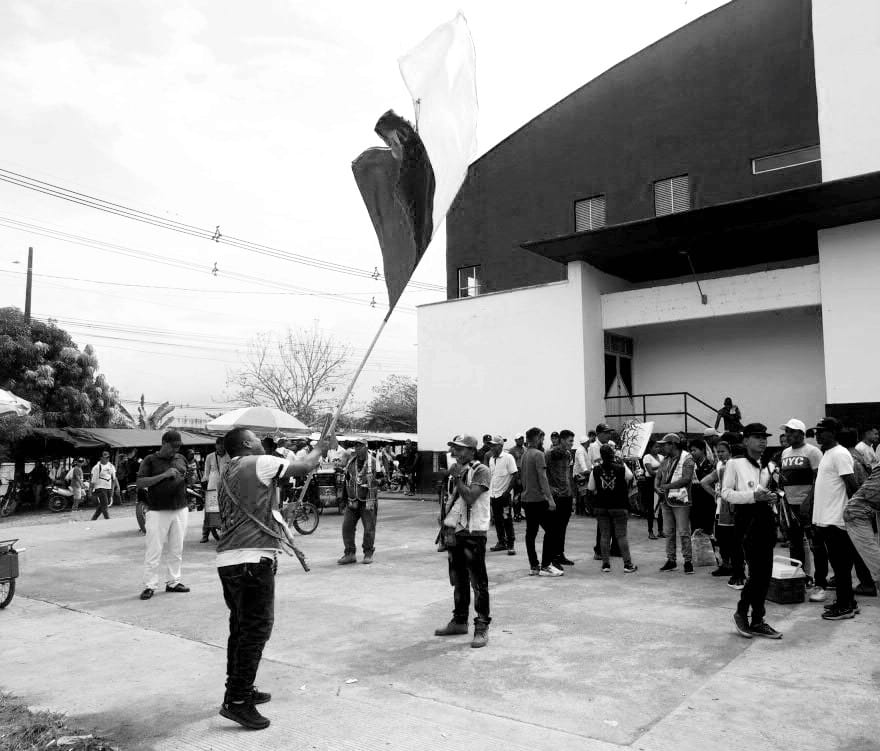
Photographies credits to Chiara Chiavaroli

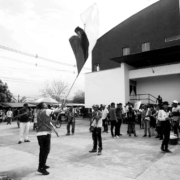

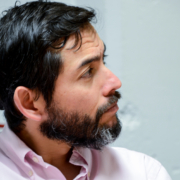


Leave a Reply
Want to join the discussion?Feel free to contribute!